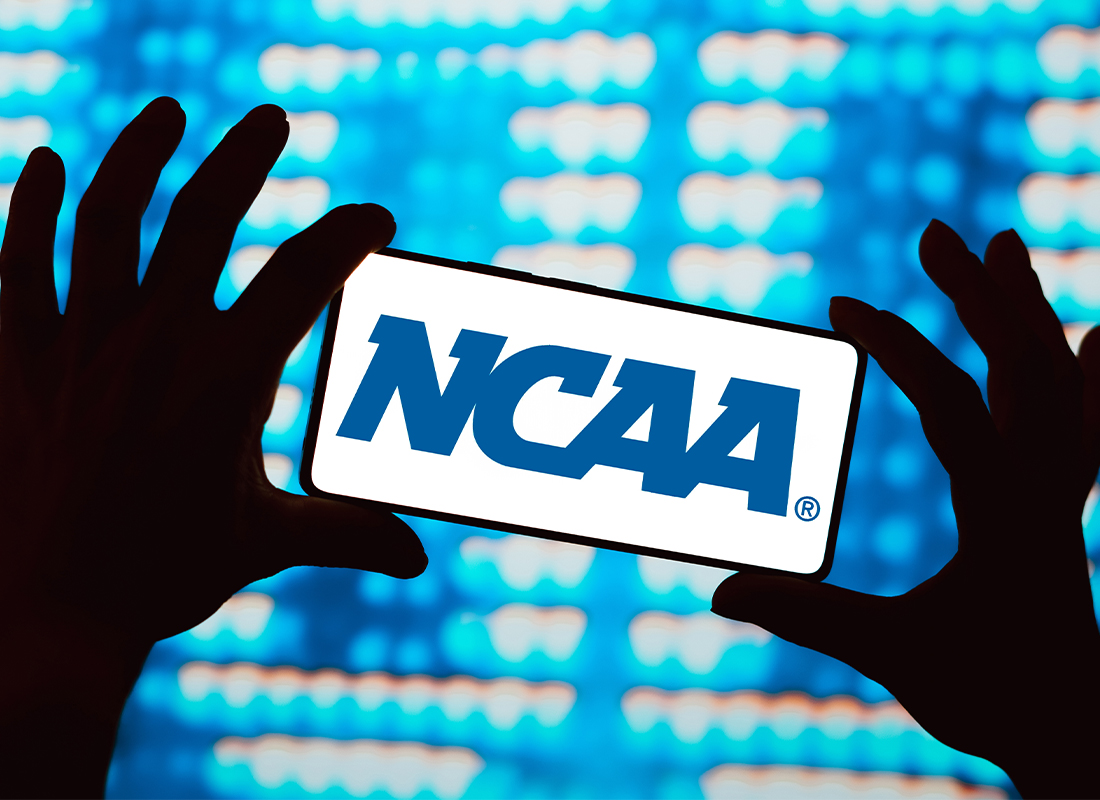Pell Grant Eligibility: NIL May Not Be As Lucrative As It Seems
Originally published on March 29, 2021
Updated on November 20th, 2024
In the name, image, likeness (NIL) era, having opportunities to earn income is becoming closer to reality for student-athletes. As schools prepare to assist athletes with promoting and protecting their brand, there should also be consideration of financial literacy and the unintended consequences of earning income.
We have talked before about income tax implications from both the federal and state level. Now we will focus on what NIL earnings means for financial aid that a student-athlete receives, including Pell Grant eligibility.
Background on Pell Grants
The U.S. Department of Education awards Pell Grants to individuals seeking an undergraduate degree who display exceptional financial need to do so. These grants, the largest source of federally funded grants, are awarded solely based on financial need. Academic grades and extra-curricular activities are not a factor.
Recipients’ eligibility for a Pell Grant is decided by the information submitted via the Free Application for Federal Student Aid (FAFSA) form. Students whose total family income is $50,000 a year or less qualify. The majority of Pell Grants are awarded to those whose total family income falls below $20,000. Aid each year is awarded on a first-come, first-served basis until fund caps are exhausted. Most importantly, a Pell Grant (unlike a loan) does not have to be repaid.
In the 2020-2021 academic year, the maximum Pell Grant award is $6,345. The amount a student gets, though, will depend on their Expected Family Contribution (EFC), the cost of attendance (which varies by institution), status as a full-time or part-time student, and overall plans to attend school for a full academic year or less.
The EFC is calculated using formula that considers the family’s income, assets, family size and the number of family members who will attend college during the year. Different formulas are used based on whether the student is a dependent on their parents’ tax return or is independent with or without their own dependents. The amount of a Pell Grant isn’t affected by any other student aid received (such as an athletic or academic scholarship). However, the amount of income earned by a student will impact the amount of their Pell Grant.
Institutions first apply Pell Grants toward a student’s tuition, fees, and room and board (if the student lives on campus). Any money left over is paid to the student for other expenses such as books, living expenses, and transportation costs. This becomes a great opportunity for student-athletes on full or partial athletic scholarships in addition to Pell Grants.
Impact to Student-Athletes
The impact of NIL earnings should be considered as athletic departments advise student-athletes on financial aid matters. Athletes should determine what the tipping point is for NIL benefits to outweigh the costs. That determination isn’t as simple as saying “X number of dollars” because of so many variable factors, such as the institution’s cost of attendance and the student’s EFC. Furthermore, the NIL earnings should be looked at net of expenses, including out of pocket costs and tax impacts. Cash flow should also be considered, as the tipping point may be even higher for an athlete receiving non-cash earnings (e.g., access to a dealer vehicle or receipt of endorsed products).
Impact to Division I Athletic Conferences and Athletic Departments
The NCAA’s Special Assistance Fund (SAF) is one piece of the D1 revenue distribution pie. The SAF is distributed to conferences and independent institutions based on three factors—the largest of which (70%) is number of Pell Grants reported by each school in the previous year. The NCAA stipulates that SAF shall be used to assist student-athletes with financial needs related to athletics participation, academic enrollment or academic achievement. Conferences determine how these funds are administered to schools and student-athletes.
While the SAF has historically counted for approximately 3% of total NCAA revenue distribution, schools should expect to see a drop in the amount of funding received. This drop will correspond with the decrease in the number of student-athletes eligible for Pell Grants. In 2018, the approximate unit value was $418 per Pell Grant.
Additionally, schools are required to report to the NCAA explanations for variances of +/- 20 Pell Grants reported in a given year as compared to the previous year. With uniform NIL legislation pending, it is not yet clear what information related to a student-athlete’s NIL earnings will be available to an athletics department to allow for a complete and accurate variance explanation to the NCAA.
Impact to Higher Education Institutions
Within the first year of the COVID-19 pandemic, the federal government released three stimulus packages: The CARES Act, the COVID Relief Package, and the American Rescue Plan. Approximately $77 billion in stimulus was allocated to higher education institutions, which is generally focused around the number of full-time Pell Grant recipients each institution has.
We hope emergency federal funding does not become the norm. When it does occur, however, Pell Grants are a significant driver in how the money is assigned. This shouldn’t have a major impact on large institutions. For smaller institutions where athletes represent a large percentage of total enrollment, this could have a significant impact (especially for those in states that adopt NIL early).
How You Can Prepare Now
Schools are operating with a wait-and-see mentality when it comes to NIL and Pell Grant eligibility. But it’s never too soon to educate student-athletes, parents, coaches and staff on the potential financial impacts. In the decision-making process, student-athletes should consider whether local business endorsements, social media influencing or personal appearances are lucrative enough to sacrifice their financial aid.
James Moore’s higher education and collegiate athletics CPAs are closely tracking changes in NIL legislation and financial aid implications. Please reach out to us if you have questions about the impact of these developments.
All content provided in this article is for informational purposes only. Matters discussed in this article are subject to change. For up-to-date information on this subject please contact a James Moore professional. James Moore will not be held responsible for any claim, loss, damage or inconvenience caused as a result of any information within these pages or any information accessed through this site.
Other Posts You Might Like

